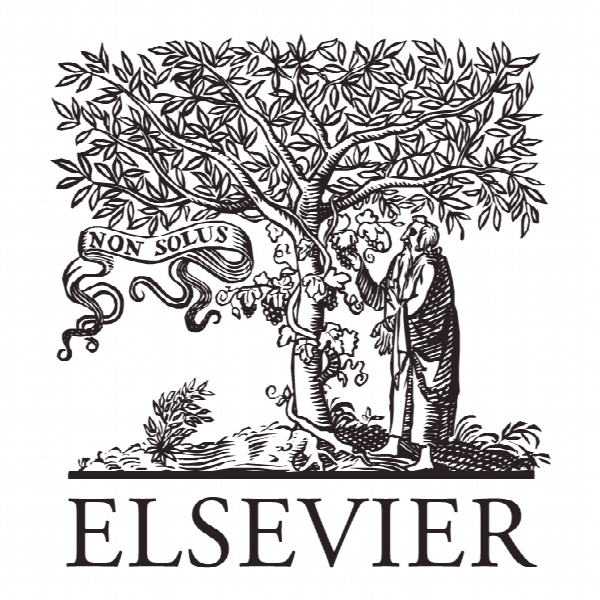تئوری خوشه های موقت فضایی و مرزهای سازمانی در بازاریابی صنعتی Theorizing temporary spatial clusters and institutional boundary-work in industrial marketing
- نوع فایل : کتاب
- زبان : انگلیسی
- ناشر : Elsevier
- چاپ و سال / کشور: 2017
توضیحات
رشته های مرتبط مدیریت
گرایش های مرتبط بازاریابی
مجله مدیریت بازاریابی صنعتی – Industrial Marketing Management
دانشگاه Queen’s University Management School, Queen’s University Belfast, Riddel Hall, United Kingdom
نشریه نشریه الزویر
گرایش های مرتبط بازاریابی
مجله مدیریت بازاریابی صنعتی – Industrial Marketing Management
دانشگاه Queen’s University Management School, Queen’s University Belfast, Riddel Hall, United Kingdom
نشریه نشریه الزویر
Description
. Introduction Spatial and temporal perspectives on business relationships have been discussed for some time in the industrial marketing (IM) literature (Andersson & Mattsson, 2010; Araujo & Easton, 2012; Håkansson & Lundgren, 1997; Halinen & Törnroos, 1995; Halinen, Medlin, & Törnroos, 2012; Hedaa & Törnroos, 2008; Medlin, 2004; Tidström & Hagberg-Andersson, 2012). Equally, in economic geography (EG) there have been efforts to theorize the spatiality of industrial markets (Brenner, 1999; Conradson, 2003; Ettlinger, 2004; Faulconbridge, 2006; Gertler, 1995; Glennie & Thrift, 1996; Hughes, 1999; Marsden, Harrison, & Flynn, 1998; Murphy, 2003). However, the fields of IM and EG are rarely integrated, aside from a few exceptions (see Halinen et al., 2012; Nicholson, Brennan, & Midgley, 2014; Nicholson, Tsagdis, & Brennan, 2013). Indeed, much of the intellectual complementarity and potential cross-fertilization between these two areas remains unexplored (see Palmer, Owens, & Sparks, 2006). We suggest that this is especially the case when considering temporary networks of actors in business settings; a phenomenon that others broadly identify as undertheorized (Rinallo & Golfetto, 2011). In IM, such temporary arrangements have been referred to as ‘eventbased business networks’ (Hedaa & Törnroos, 2008), and in EG, the term ‘temporary spatial clusters’ (TSCs) (Rinallo & Golfetto, 2011) has been used, which we also adopt in this paper. This contrasts with more permanent networks of market exchange recognized by IM and EG scholars in the form of inter-firm and actor agglomeration, typically within the context of innovation and knowledge clusters (see, for example, Bathelt, Malmberg, & Maskell, 2004; Corsaro, Ramos, Henneberg, & Naudé, 2012; Pinch, Henry, Jenkins, & Tallman, 2003). In their most visible and material form, temporary spatial clusters would include the gathering of IM actors at trade fairs, exhibitions and conventions (Bathelt & Schuldt, 2008; Maskell, Bathelt, & Malmberg, 2004, 2006; Sarmento, Simões, & Farhangmehr, 2015); supplier workshops (Palmer, Simmons, Robinson, & Fearne, 2015); planned round-table discussions, presentations, industrial buyer visits and facility tours (Palmer & O’Kane, 2007); corporate hospitality functions (Bennett, 2003; Crowley, 1991); and scientific or technical conferences or festivals (Bultitude, McDonald, & Custead, 2011). However, our paper demonstrates that any understanding of TSCs needs to be far more nuanced and complex, incorporating abstract as well as tangible elements. We suggest that IM and EG literatures can be combined to provide a new lens through which to explore spatiality and, specifically, TSCs within IM settings. The discussion initially identifies one of strengths of the IM literature: its tradition of understanding network relationships ‘beyond the dyad’ (Håkansson & Johanson, 1992), and how issues of space and time have been considered in this respect. Despite such insights, it is argued that the literature remains relatively silent on TSCs, not only in terms of what such spaces consist of and the nature of their actor interactions, but also the actual work undertaken therein. We believe TSCs have an ability to shape and facilitate wider business relationships in IM settings, and posit that they can be better understood through the application of geographical theory in the form of Doreen Massey’s ideas on relational spatiality (Massey, 2005), as well as concepts from social theory which help inform the notion of institutional boundary-work – specifically the work of Thomas Gieryn (Gieryn, 1983, 1999) and Andrea Brighenti (Brighenti, 2010). In undertaking such a synthesis we address two fundamental research questions: i) How do we conceptualize the form of TSCs in IM settings? And, ii) what function(s) are TSCs performing (and how is this being undertaken) in IM? Our work therefore responds to recent calls in IM for stronger theory development (Möller, 2013).


